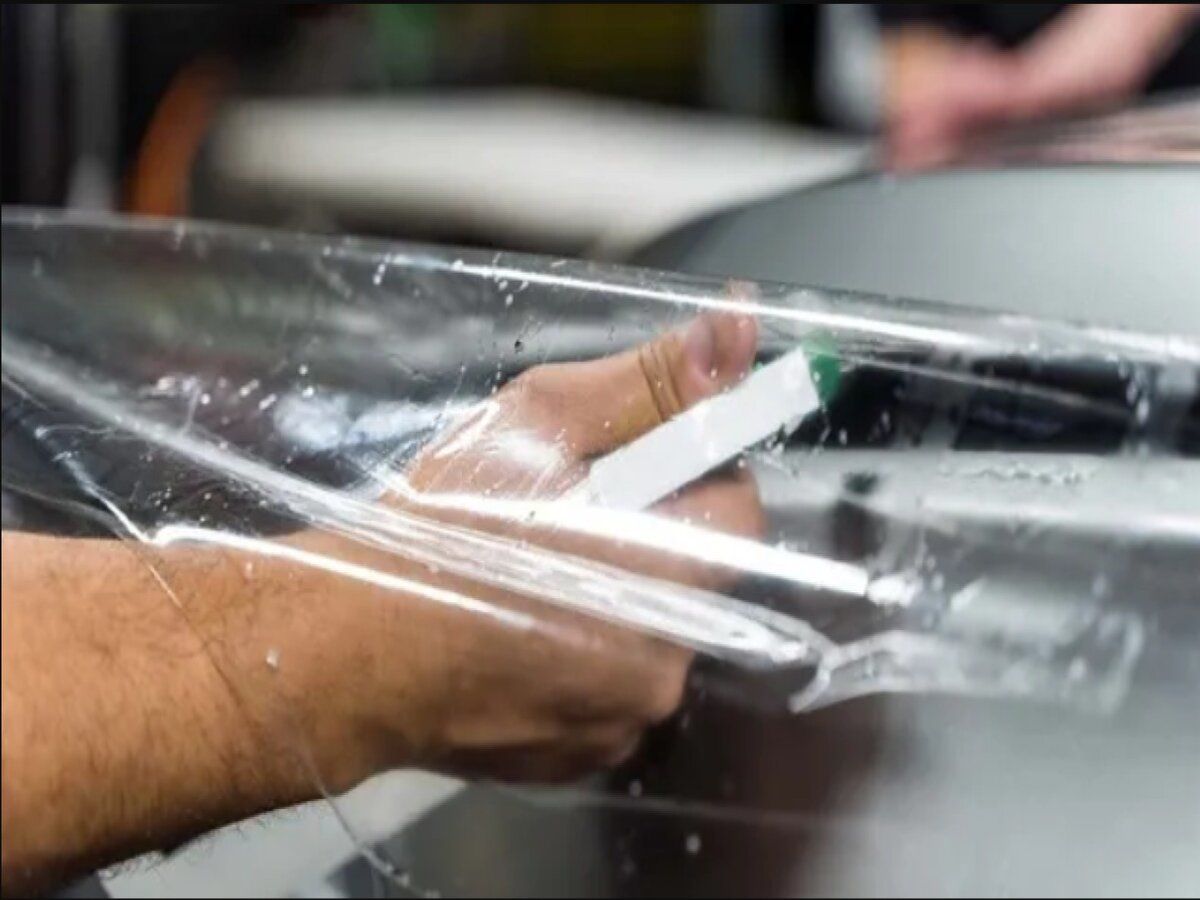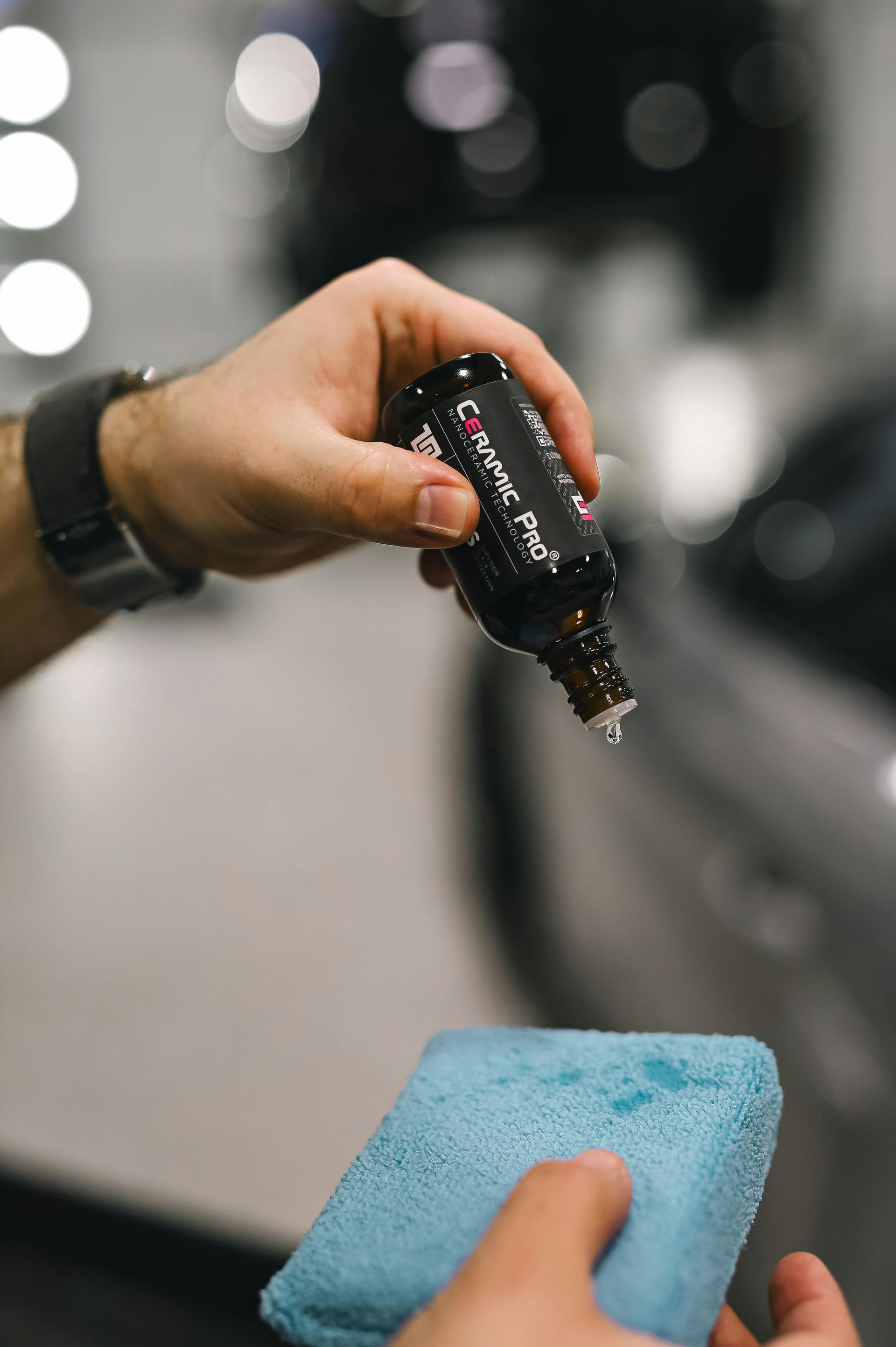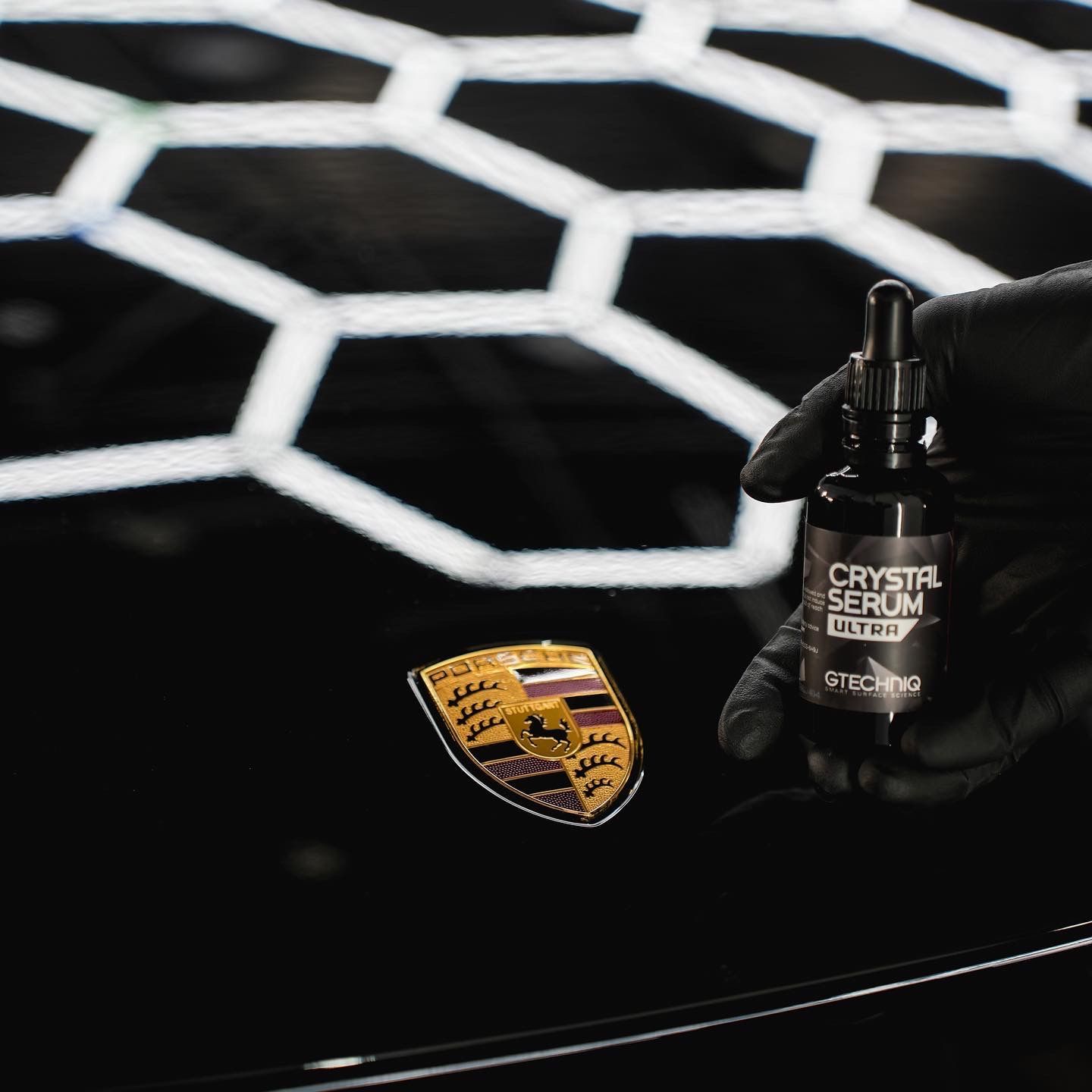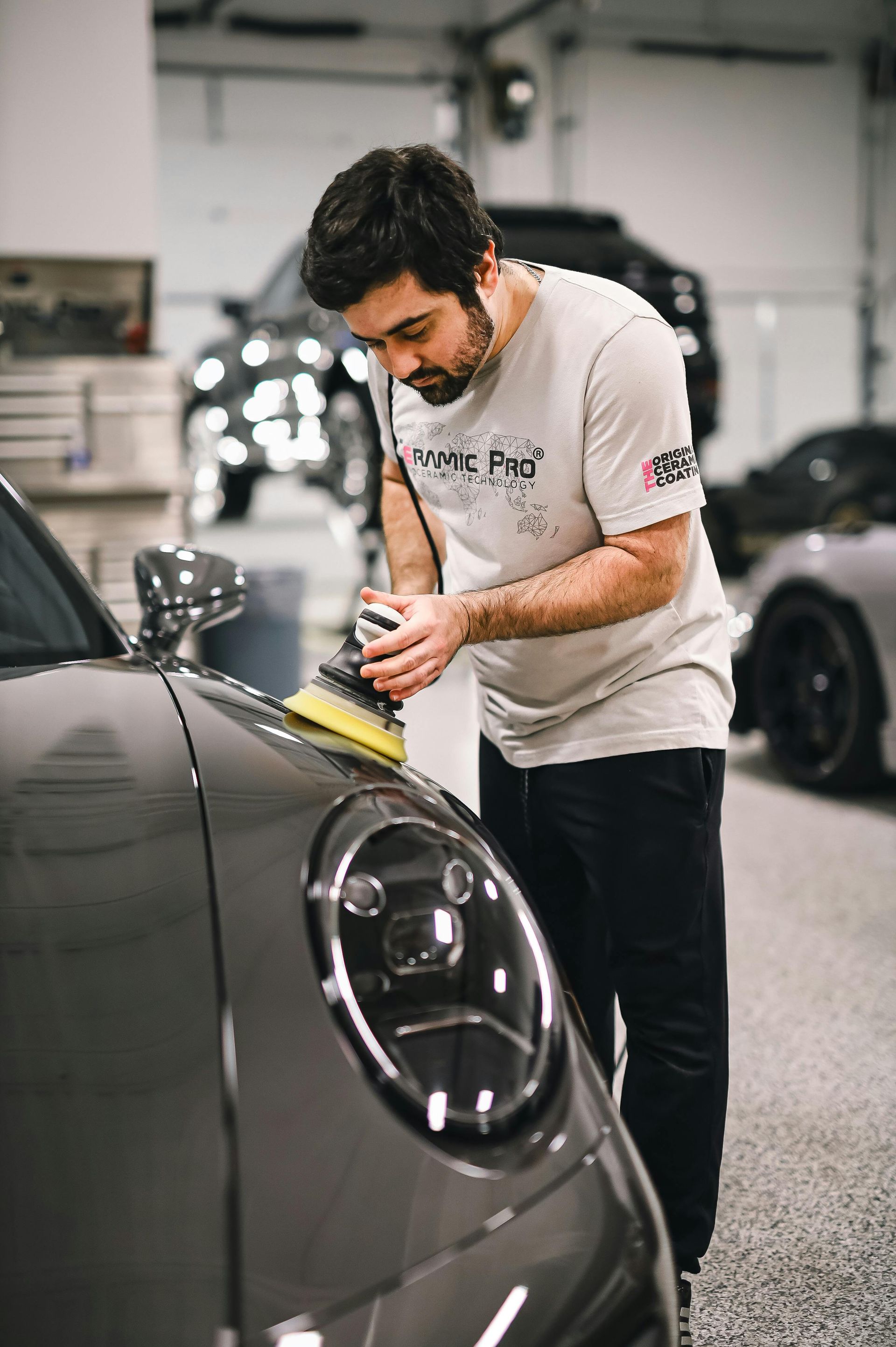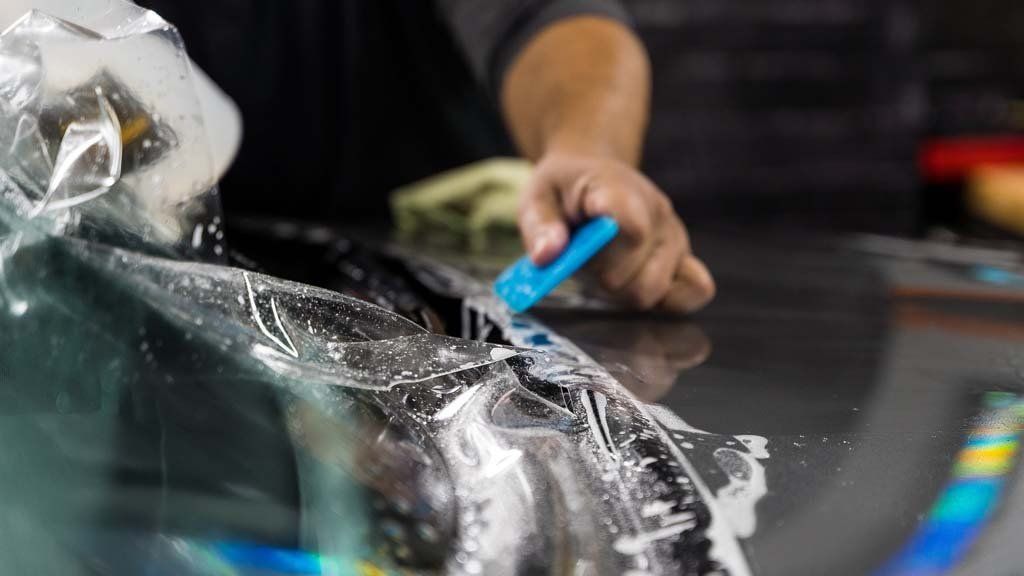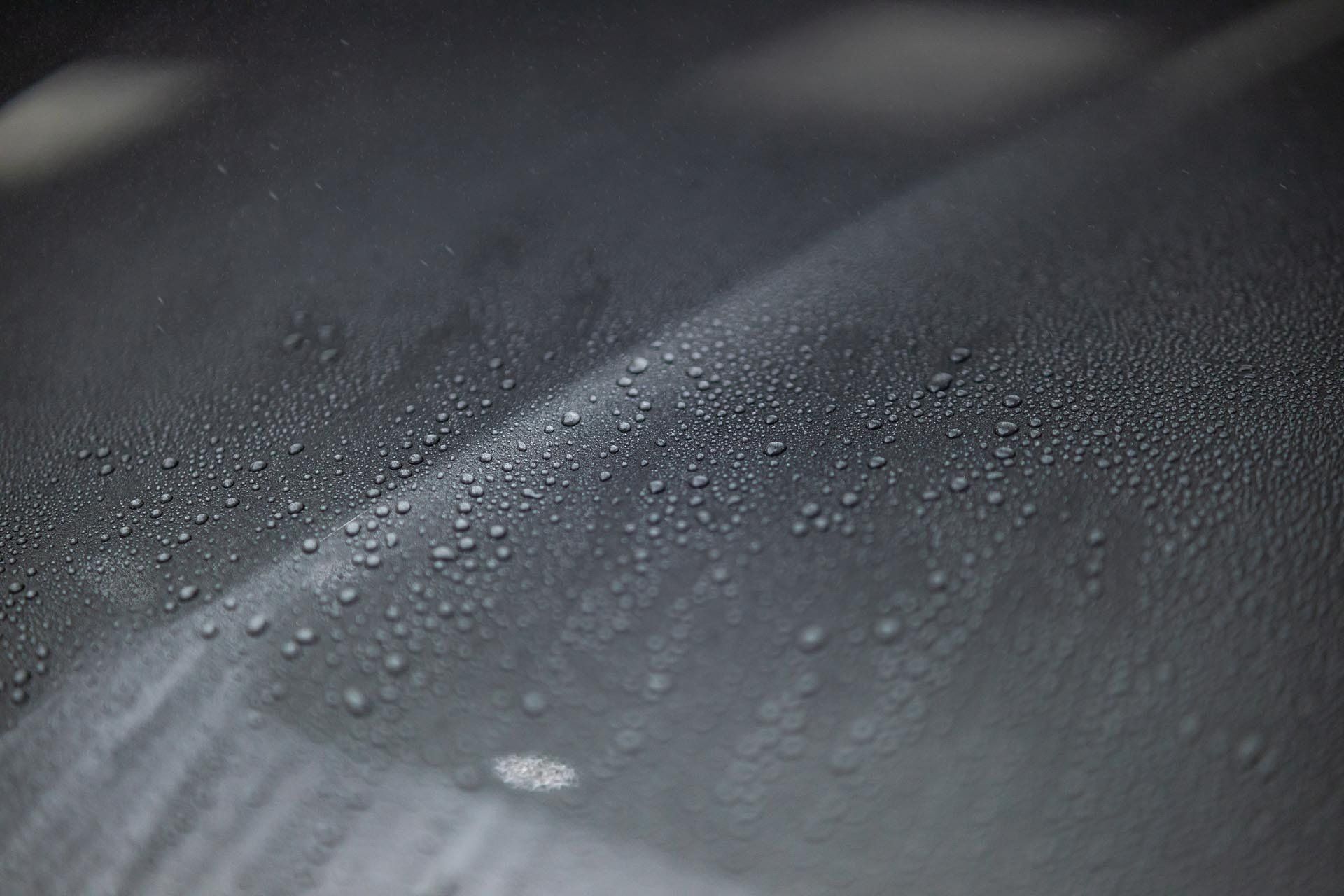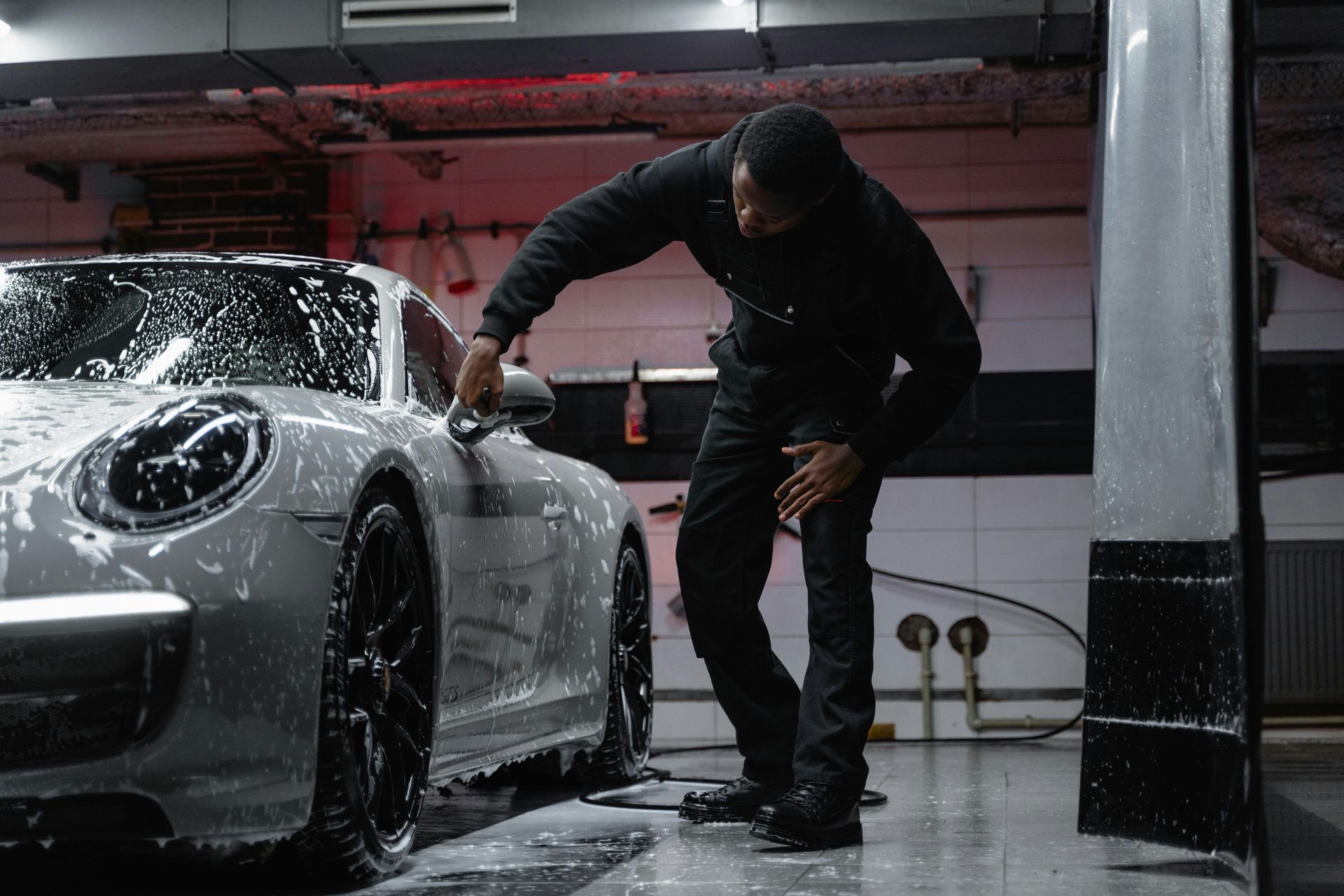Why Paint Correction Quality Determines Ceramic Coating Success
GET A QUOTE (484) 866-3022Picture this scenario: you've just invested thousands in a premium ceramic coating for your prized vehicle. The installer promises years of protection and that mirror-like finish you've been dreaming about. Fast forward six months, and you're staring at uneven beading, dull patches, and coating failure.
What went wrong? In most cases, it comes down to one critical factor - the quality of paint correction performed before coating application.
Here's what most car owners don't understand: ceramic coating isn't a magic solution that fixes existing paint problems. It's more like a magnifying glass that amplifies whatever condition your paint is in when applied. Beautiful, properly corrected paint looks stunning under ceramic protection. Swirl-marked or contaminated paint? The coating makes those problems more visible and permanent.
The relationship between paint correction and ceramic coating success goes deeper than most people realize. It's about creating the molecular-level surface conditions that allow ceramic coatings to bond properly and perform as designed.
The Science Behind Surface Preparation and Coating Adhesion
Understanding why paint correction matters requires looking at what happens on a molecular level when ceramic coatings cure and bond to paint surfaces. Ceramic coatings work through chemical adhesion - they form molecular bonds with your clear coat.
But here's the catch: those molecular bonds can only form where the coating makes direct contact with a clean, properly prepared clear coat. Any contamination, scratches, or surface irregularities create barriers that prevent proper bonding.
Think of it like trying to glue two pieces of wood together. If one surface is covered in sawdust or has deep gouges, the glue can't make solid contact. The same principle applies to ceramic coatings on automotive paint.
Swirl marks and fine scratches create microscopic valleys that trap air and prevent uniform coating contact. The coating bridges over these imperfections rather than flowing into them, creating weak spots that fail prematurely.
Contamination from road tar, tree sap, or previous wax buildup acts like a release agent. The coating bonds to the contamination instead of the clear coat. When that contamination breaks down, it takes the coating with it.
Professional paint correction addresses these issues by creating a uniform, contamination-free surface with optimal texture for coating adhesion.
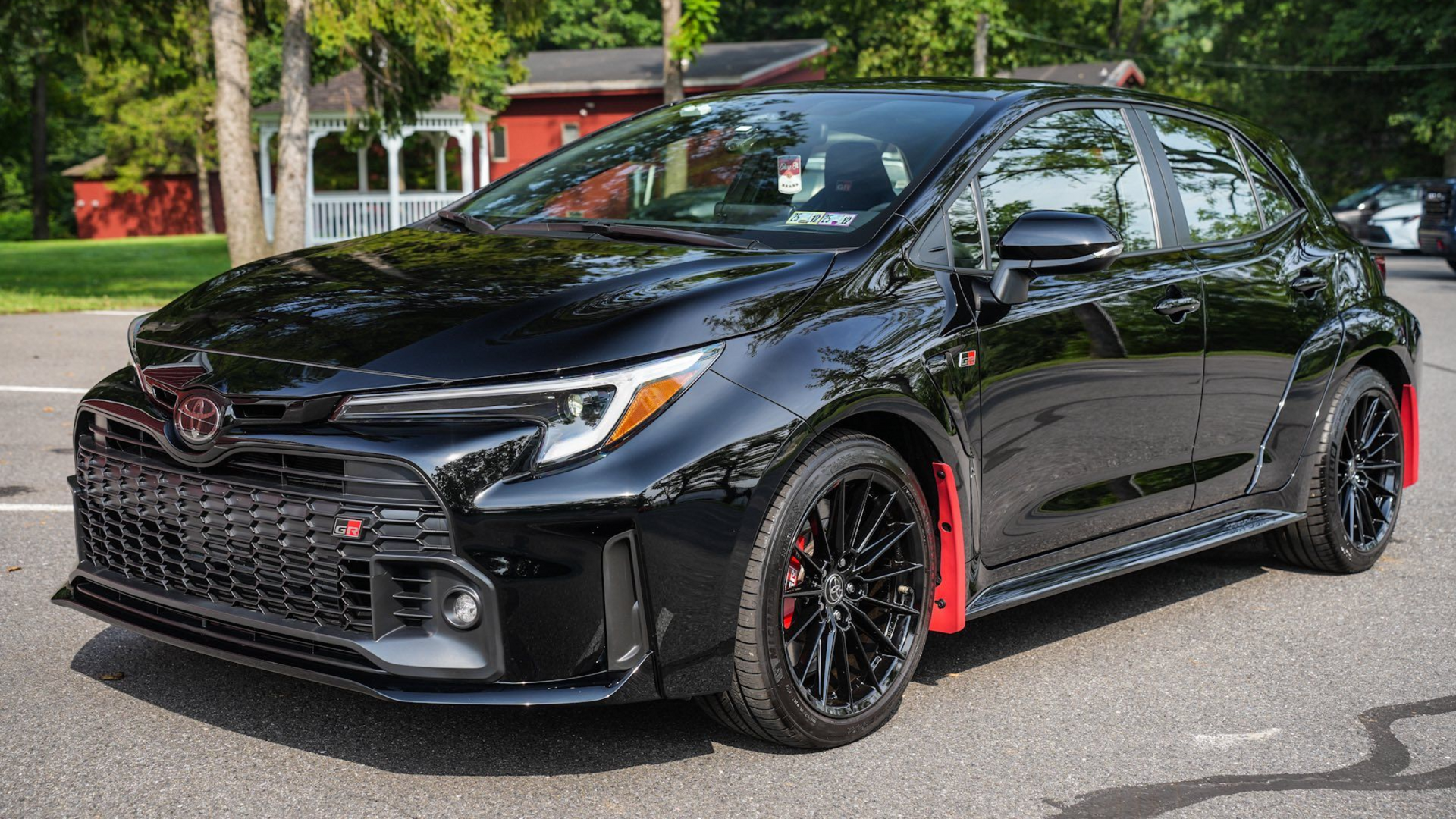
How Paint Imperfections Affect Coating Performance
The impact of paint imperfections on ceramic coating performance shows up in several ways that go beyond just appearance issues.
Uneven hydrophobic properties represent the most obvious sign of coating failure due to poor prep work. You'll see areas where water beads perfectly, while other sections show flat, non-beading behavior.
Premature coating degradation occurs when weak adhesion allows environmental factors to attack the coating-to-paint interface. UV exposure, chemicals, and physical impacts cause coating failure much sooner than expected.
Visual amplification of defects makes existing paint problems more noticeable under ceramic coating. Swirl marks that were barely visible before coating become pronounced and permanent.
Contamination entrapment happens when surface preparation is inadequate. Road tar or brake dust gets sealed under the coating, where it can cause ongoing damage to the underlying paint.
The key point here is that ceramic coatings don't hide paint defects - they preserve whatever condition your paint is in at application time. Quality paint correction ensures you're preserving perfection rather than problems.
Professional Paint Correction Process and Standards
Professional paint correction involves a systematic approach to surface preparation that goes far beyond basic polishing. The process requires specific equipment, products, and expertise to achieve optimal coating adhesion conditions.
Assessment and documentation come first. Professional detailers use specialized lighting to identify all surface defects, contamination, and areas requiring attention. This prevents missed spots that could compromise coating performance.
Decontamination removes embedded contamination that washing can't touch. Clay bar treatment, chemical decontaminants, and tar removal ensure a clean surface for correction work. Paint correction in Bethlehem, PA, services typically include comprehensive decontamination as standard.
Multi-stage correction addresses different types and severities of paint defects. Heavy scratches might require aggressive compounds followed by refining steps. Light swirl marks may need only single-stage polishing.
Surface refinement creates the optimal texture for coating adhesion. This isn't about achieving maximum gloss - it's about creating uniform surface energy that promotes proper coating flow and bonding.
Quality control inspection verifies that all defects have been addressed and the surface meets coating preparation standards. Professional shops use standardized lighting and inspection protocols.
Final preparation includes panel wiping with isopropyl alcohol to remove polish residues. The surface must be completely clean before any coating touches the paint.
Quality Standards and Inspection Criteria
Determining whether paint correction meets the standards required for successful ceramic coating application requires specific inspection criteria and measurement standards.
Surface defect elimination is measured under controlled lighting conditions. 95% or better defect removal represents the industry standard for premium coating preparation. Remaining defects should be minimal and uniform across all panels.
Contamination removal verification uses tactile and visual inspection methods. The paint surface should feel glass-smooth with no embedded particles detectable by touch or sight.
Panel uniformity ensures consistent correction quality across the entire vehicle. Color depth, clarity, and surface texture should be uniform between panels and sections.
Edge and detail area preparation receives special attention since these areas often show coating failure first. Proper correction in recessed areas and along panel edges is crucial for coating longevity.
The investment in quality paint correction pays dividends through improved coating performance, longevity, and appearance.
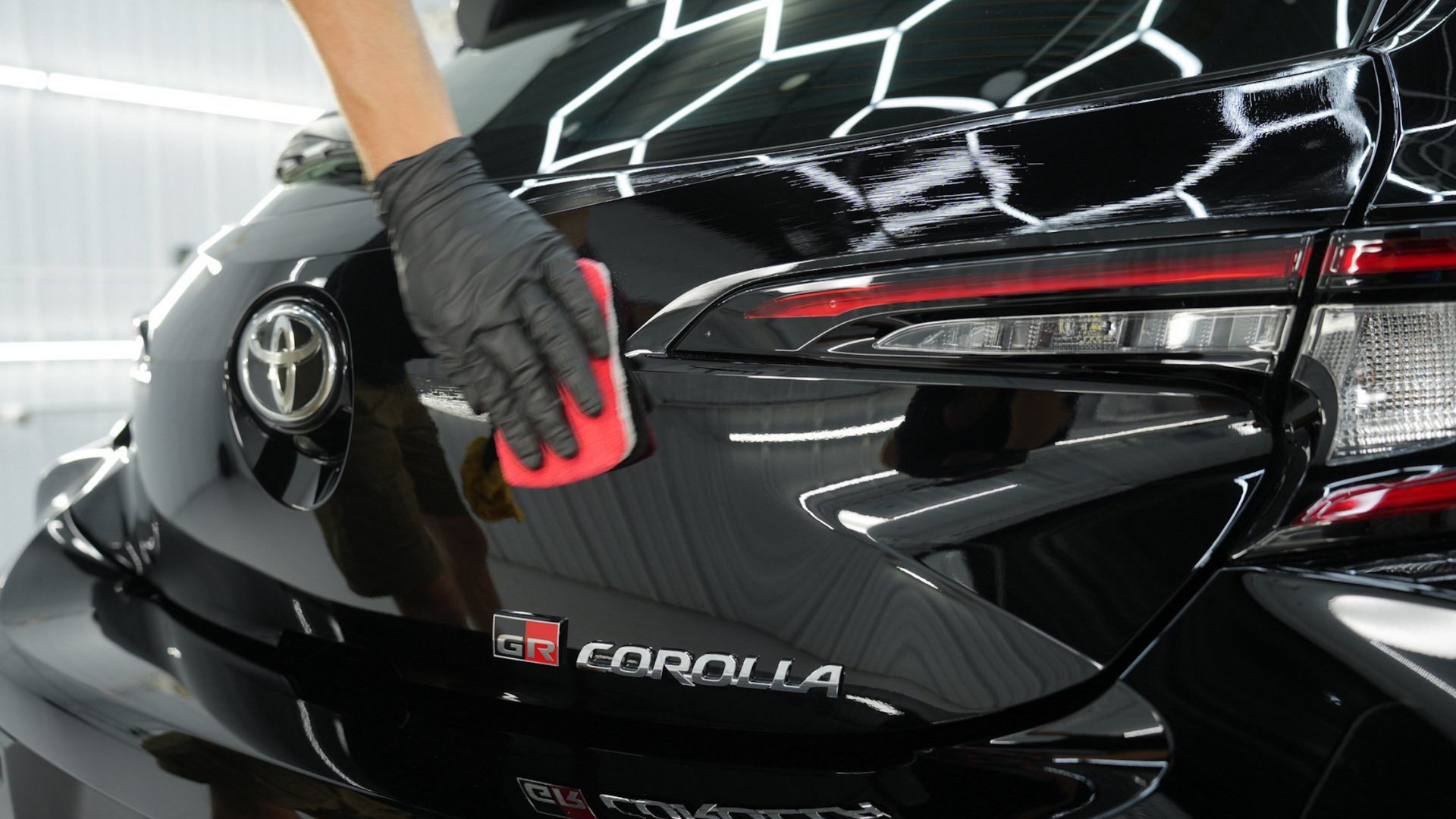
Book Your Paint Correction & Coating Service Today
Quality paint correction forms the foundation for every successful ceramic coating application. The molecular-level surface preparation required for optimal coating adhesion can't be achieved through shortcuts or compromise approaches.
Understanding the science behind surface preparation helps explain why professional paint correction costs what it does and why it's worth every penny. You're not just paying for cosmetic improvement - you're investing in the surface conditions that determine coating performance for years to come.
The difference between adequate and exceptional ceramic coating results often comes down to the quality and thoroughness of the paint correction work performed beforehand. Choose your preparation approach carefully, because you'll be living with the results for the life of your coating.
Ready to ensure your ceramic coating investment delivers maximum performance and longevity? Beadz Auto Detailing can provide the expert paint correction your vehicle needs, or contact our team to discuss specific preparation requirements that meet the highest standards.
Frequently Asked Questions
Can I apply ceramic coating over existing swirl marks and scratches?
Technically, yes, but it's not recommended. Paint correction should address major defects before coating application. Ceramic coatings will lock in whatever condition your paint is in, making existing scratches and swirl marks permanent and more noticeable. Professional correction ensures you're preserving a perfect surface rather than flawed paint.
How do I know if my paint correction was done properly before ceramic coating?
Proper paint correction should eliminate 95% or more of visible defects under good lighting. The surface should feel glass-smooth to the touch, show uniform color depth across all panels, and display consistent clarity without haziness or texture variations. Professional shops provide before/after documentation and inspection under controlled lighting conditions.
What happens if ceramic coating is applied over contaminated paint?
Coating applied over contaminated surfaces will show premature failure, uneven performance, and possible paint damage. Contamination prevents proper molecular bonding between the coating and clear coat. The coating may peel, show inconsistent hydrophobic properties, or trap contaminants that continue to damage the underlying paint.
How long should paint correction take before ceramic coating application?
Professional paint correction typically requires 8-16 hours, depending on vehicle size, paint condition, and correction goals. Rush jobs that claim to prep and coat in a single day often compromise correction quality. Proper correction work takes time to assess defects, perform multi-stage correction, and verify results meet coating preparation standards.
Is single-stage polishing sufficient for ceramic coating preparation?
Single-stage polishing may be adequate for newer vehicles with minimal defects, but most cars benefit from multi-stage paint correction. The goal isn't maximum gloss but rather proper surface preparation for coating adhesion. Professional assessment determines the appropriate correction level based on actual paint condition rather than assumptions about what's needed.

